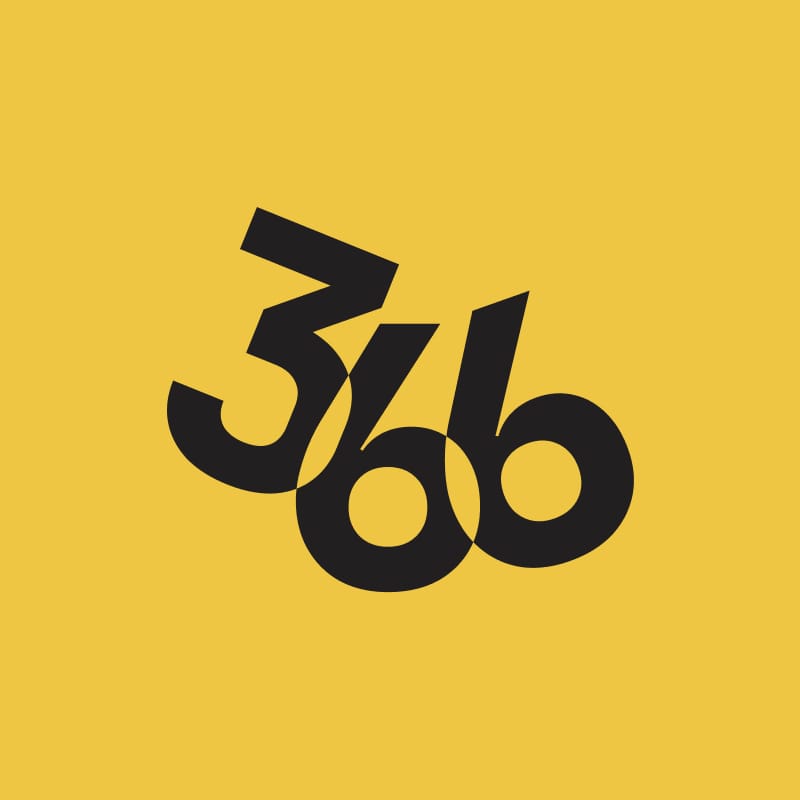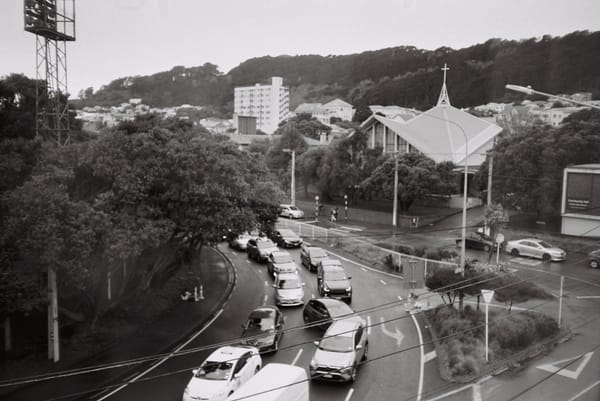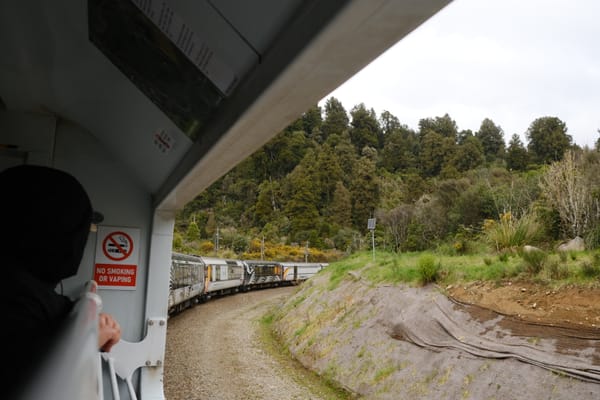Musings from a week in Melbourne
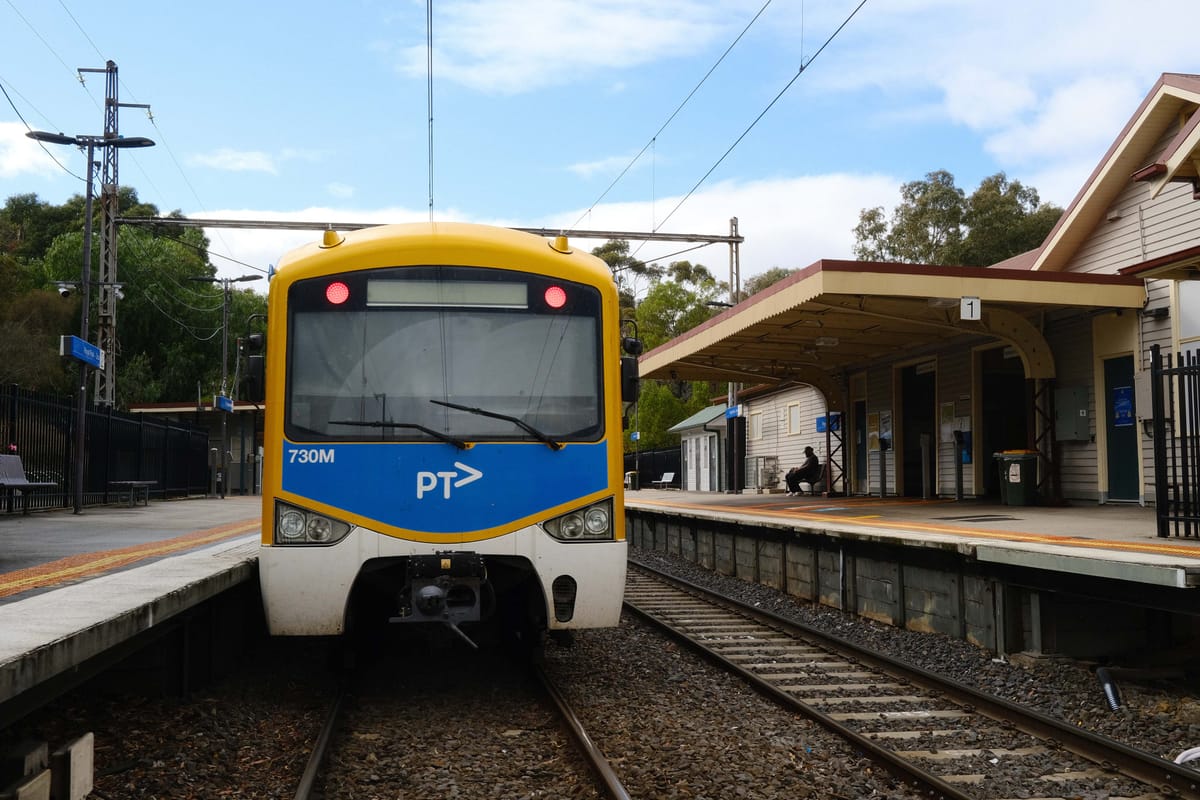
Over Easter, my partner, my friends and I boarded a 6am flight from Wellington to spend a week in Melbourne.
This was a trip of love. Some of our closest friends have moved to the Victorian capital in the last year or so. I totally understand why. The sprawling city of 5 million is buzzing with activity. It feels like a new opportunity or experience hides in every laneway.
Aside from one Uber back to the airport (I’ll get to that later) we spent our entire trip commuting through trams, trains, and buses. Just across the ditch sits a city Wellington can learn from. And, at the same time, Melbourne has a couple of things they could learn from us.
Privatisation has enshittified public transport to the airport
When we arrived at Melbourne Airport, there was a lot of anticipation. We bought Myki cards (Melbourne’s Snapper cards) and were ready to take the bus, or maybe a tram, to the centre of town.
I’ve been lucky to fly into multiple places and Melbourne has to be one of the worst airports to get out of by public transport. London and Copenhagen have quality trains that take you to the airport door. Wellington’s Airport Express is exceptional compared to the Melbourne experience.
The city’s public buses weren’t anywhere in sight. All “bus” signage pointed to the extortionately expensive Skybus option. These buses cost 10x more than regular buses and you can’t use Myki. Beyond those bright red beasts was a horde of cars.
Exhausted, but committed, we searched for the bus stop. It turned out to be in a dingy, loud, grubby carpark away from the terminal.
We waited around for a bus, then needed to take a train, then another bus to get where we were going. It felt so bad that we ubered to the airport for our return journey. That was a smooth and speedy experience. It tells you a lot about the airport’s priorities.
Why is Wellington so much better? A key difference I can see is public ownership. Wellington City Council owns a third of the airport, whereas Melbourne is privately owned. That has led to some perverse situations, like Melbourne Airport killing ideas to improve airport buses because it would reduce their $100m of parking profits.
When you are only profit driven, it makes sense to make bus options expensive, crappy, and infrequent. Why care about the hours people lose to traffic, or the masses of pollution belched into the air? Carparks make shitloads of cash.
The first taste of Melbourne’s public transport felt like drinking coffee dregs. It’s a shame, because the rest of Melbourne’s transport system is like drinking a strong magic made by your favourite barista. Melbourne Airport is letting down the city, and needs a kick up the ass.

Trams are fucking terrific
The trams in Melbourne are on postcards and prints for a reason. They’re delightful.
Whether you’re travelling to Brunswick or to the liminal Highpoint mall, trams take you there for cheap.
Melbourne operates 24 tram lines and they spread out all along the city. We took countless trams for short and long trips. A tram always arrived within 10 minutes. We never had to think about their timetables.
At rush hour, trams are packed because even car owners know that public transport is the easiest choice.
All the trams are electric, too, just like Wellington’s were before we covered the tram tracks with tarmac in the 1960s.
Having trams makes Melbourne an outlier. While Auckland, Wellington, Sydney, and even small places like Whanganui abandoned their tram networks, Melbourne kept theirs.
Back then, car advocates argued that trams made congestion worse. Yet... car congestion feels noticeably better in Melbourne than Wellington or Auckland. One tram with 200 people takes up way less space than 130 SUVs to do the same job.
New Zealand politicians seem constitutionally incapable of restoring trams. When Wellington first introduced electric trams, it took two years to build a Newtown to Basin Reserve line. It took four times as long for Let’s Get Wellington Moving to decide whether they’d build a tram line at all before it was disbanded with nothing to show for it.
Melbourne’s citizens should be weeping with gratitude that their city planners were wise enough to keep the tram lines. God knows I’m weeping over the beautiful tram system Wellingtonians lost.
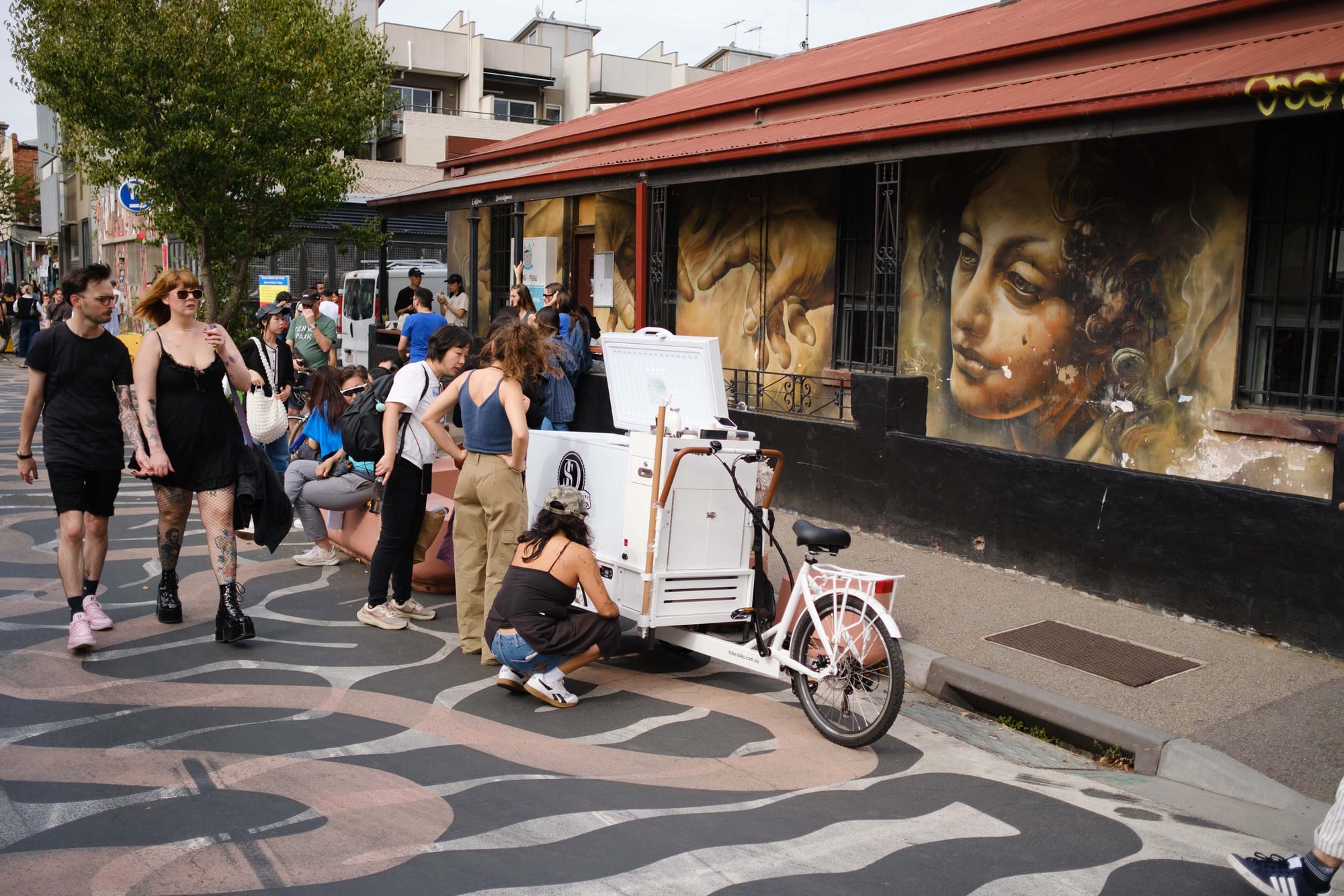
Pedestrian priority has made car-centric neighbourhoods nice again
Melbourne’s 2030 transport strategy has been transforming streets. The initiative is inspired by ”superblocks” in Barcelona. Speed limits are lowered to 10km/h, people and bikers have right of way, and roads are painted with colourful murals!
Practically, it means you can get off the tram and walk large swathes of places like Brunswick on the middle of the road.
All that space attracts community. Artisan markets spill out onto the street, ice creams are sold from cargo bikes. It feels vibrant and full of life.
Imagine if we had that on Cuba Street. Cars could slow to 10km/h and every park could be freely offered to businesses down the road. Local artists could paint the roads with art. It would be a cheap and fast way to restore life to the street.
Switching a city to low carbon living doesn’t have to take twenty years. It can be done fast.
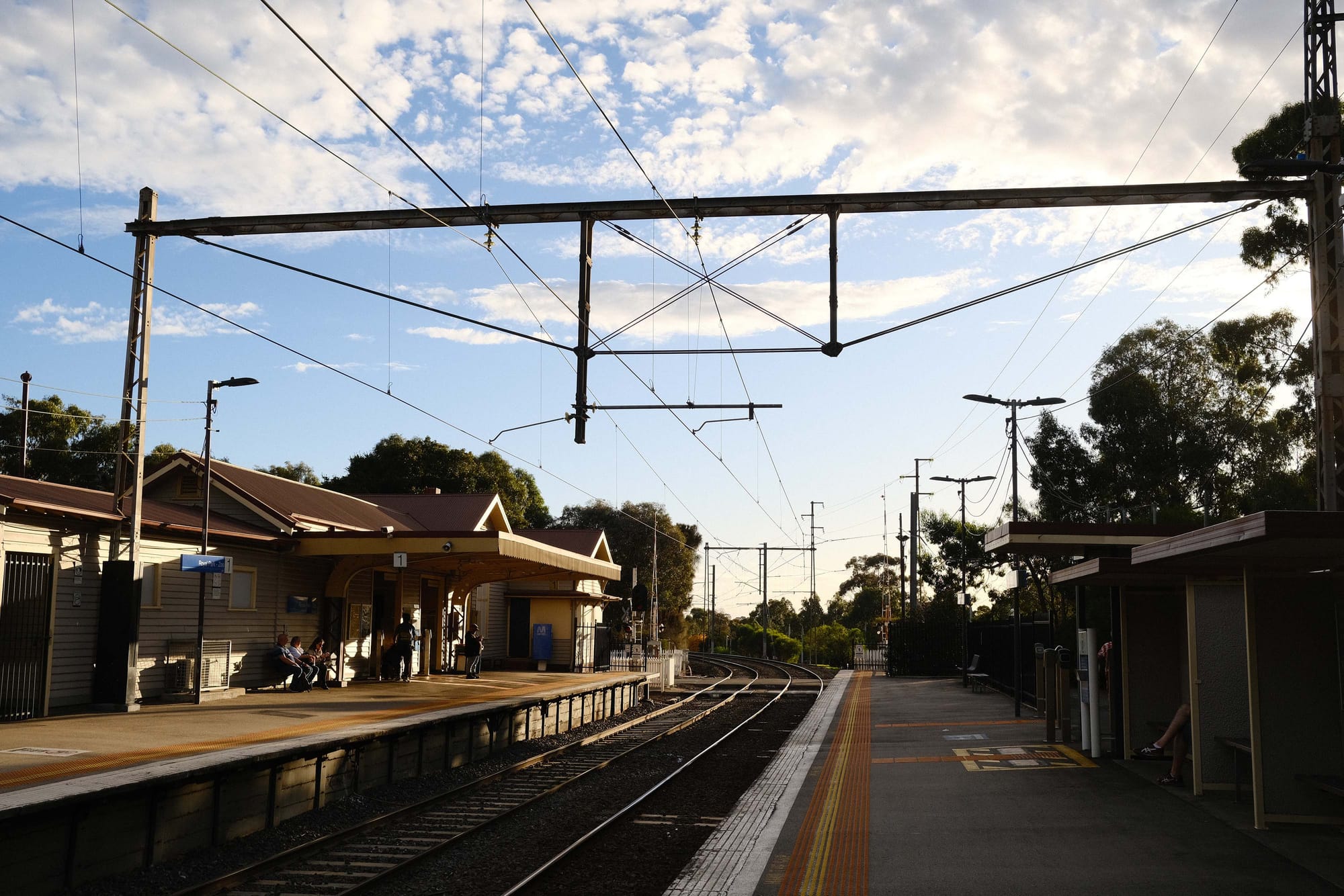
Wellington is way ahead on electric buses
A third of Wellington’s bus fleet is fully electric. Most of our popular bus lines run on local, renewable electricity rather than expensive oil from overseas.
Electric buses are so much better than diesel. They’re quiet and don't belch pollution right in the centre of town. It makes the stinky, noisy, toxic diesel buses they replace look awful by comparison.
In Melbourne, there are a total of 52 electric buses for a city of five million. In our ~200,000 strong city, we have double that.
Melbourne's electric tram and train network are probably why the city's buses are diesel. Trains and trams carry far more people than buses do and are a far nicer experience. Diesel buses are Melbourne's stopgap solution to get people on trains and trams. In Wellington, buses are the only real option in town, so electric buses are more important.

Wellington’s problems are a choice, not an inevitability
Melbourne’s transport system is what I want for Wellington. Frequent trams to and from the city. Streets made for people to enjoy.
My partner and I adore Wellington. We want to raise our kids near their family and our community.
Visiting Melbourne was a wonderful reminder that Wellington can be so much better. Politics is full of people telling us we shouldn’t expect anything to be nice. Our neighbour across the ditch shows how pitiful that argument is.
Just imagine if we closed Cuba Street to cars by placing garden planter boxes at intersections and asked local artists to cover the road in street art.
Imagine if we said to every business down Cuba Street that they could expand their bookshop or brunch bar onto the street.
Imagine how electric the street would feel. We could bring that life and vibrancy to every road in town.
Wellington can take some serious inspiration from Melbourne. Whether it’s cheap ways to revitalise our central city or building a modern tram network, Wellington has the creativity and know how to make this place a delight.
It is up to our leaders and all of us to choose this for Wellington. After visiting Melbourne, I want to fight to bring that vibrancy back more than ever.
